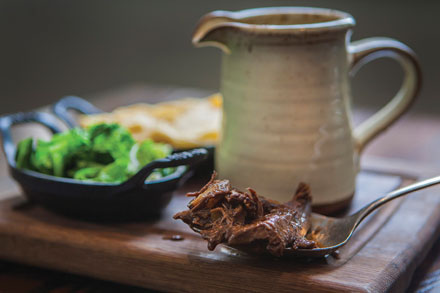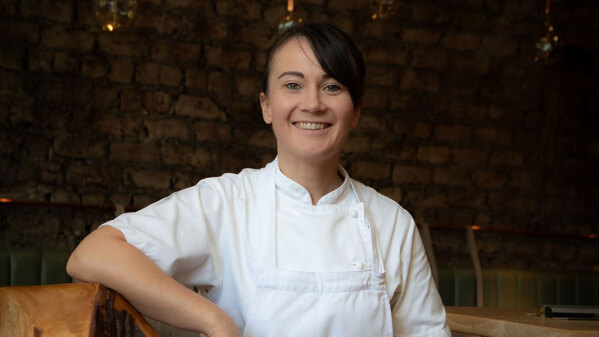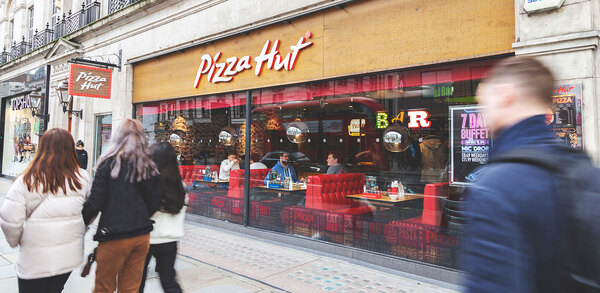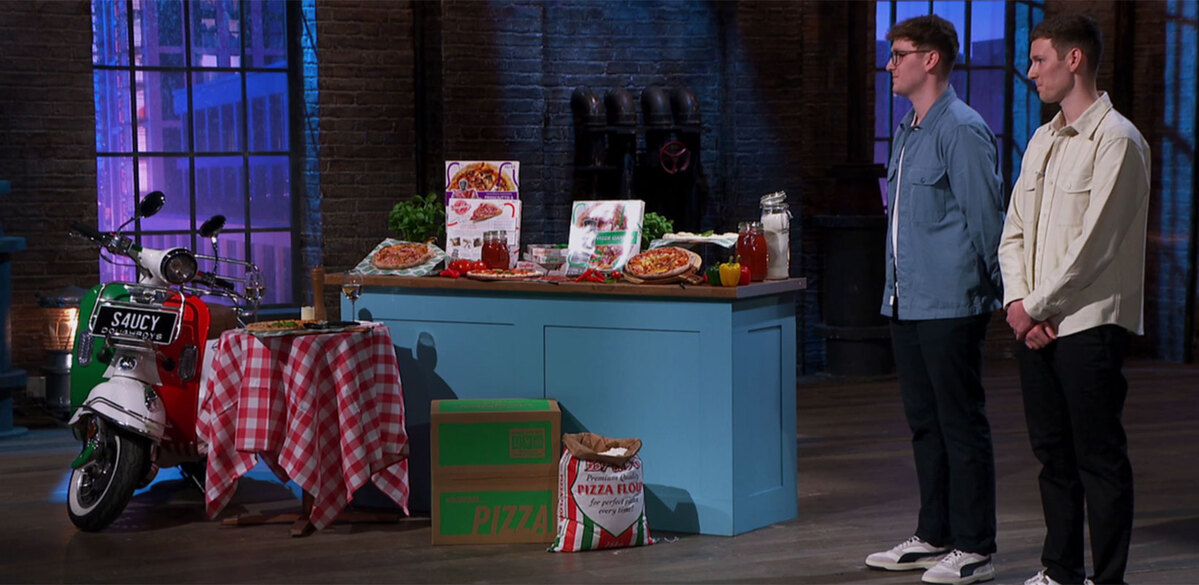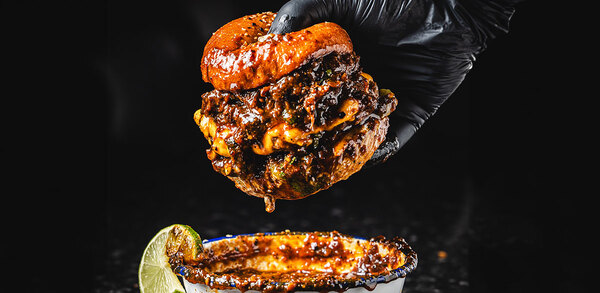Seasonal Recipe of the Week – Jugged hare
Ingredients
(Serves 8-10)
8 hare hind legs
1 litre red wine
4 juniper berries, chopped
1 bay leaf
A few sprigs of thyme
Salt and freshly ground black pepper
1tbs flour, plus extra for dusting
Vegetable oil, for frying
1 onion, finely chopped
50g butter
1tbs tomato purée
3 litres beef stock
300ml hare blood (ask your butcher to reserve this for you when he butchers the hare)
Method
Preparation
Cut the hare legs in half at the joint and then cut them once more through the middle of the thigh, so you end up with three pieces from each leg. Put the pieces into a non-reactive bowl or dish, together with the red wine, juniper berries, bay leaf and thyme. Cover with clingfilm and refrigerate for 24-48 hours.
Drain the hare in a colander over a bowl and pat the pieces dry with some kitchen paper. Season the pieces and lightly flour them, dusting off any excess. Heat the vegetable oil in a heavy frying pan and fry the pieces, a few at a time, until well-coloured, then put to one side on a plate.
Meanwhile, in a heavy-based saucepan, gently cook the onion in the butter for 3-4 minutes until soft. Add a tablespoon of flour and stir well over a medium heat until it begins to turn a sandy colour. Add the tomato purée, then slowly add the red wine and herbs from the marinade, stirring well to avoid lumps forming. Bring to the boil and simmer over a medium heat until the liquid has reduced by half. Add the beef stock and hare, bring back to the boil, cover and simmer gently for 60 minutes, or cook in an oven that has been preheated to 160ºC. Remove a piece of meat to check if it's tender; if not, continue cooking for another 30 minutes or so.
Once the meat is tender, remove the pieces from the sauce and set aside. Add the blood and simmer the sauce until it has thickened to a gravy-like consistency, then return the meat to warm through until it's ready to serve. Adjust the seasoning if necessary.
James Lyon-Shaw, executive chef, ETM Group, which includes the Jugged Hare, the Gun and the White Swan, London
Recommended wine

Ronan Sayburn, head of wines, Dorchester Collection



